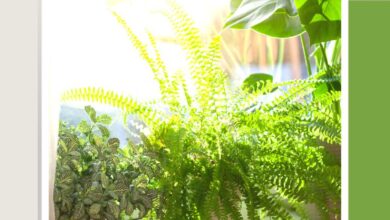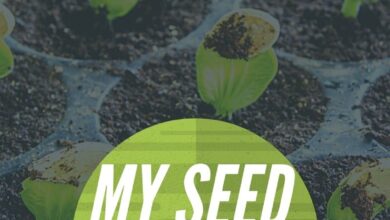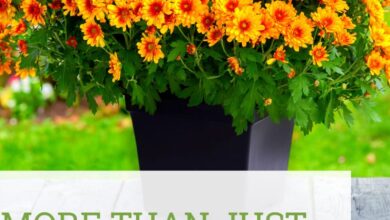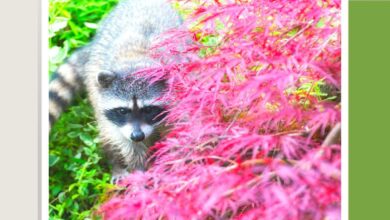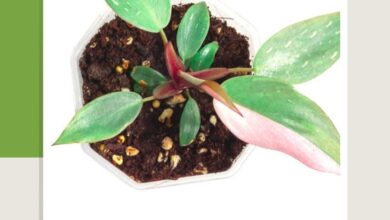Supporting Native Butterflies In The Garden

[ad_1]
Like many people my age and older, I remember a time when butterflies were much more abundant. I used to see monarchs throughout the summer and now rarely see them at all. As a gardener, I try to do my small part to support monarchs and other native butterfly species by avoiding pesticides, planting native species, and leaving natural areas.
Avoiding Overgardening
One of the natural gardening practices I have embraced is letting go of the perfect garden. I have a few corners of natural growth where I let the weeds and native species grow without my intervention.
These areas include overgrown shrubs and smaller plants and piles of sticks and leaf litter that I resist the urge to pick up. These natural areas are great for all kinds of local wildlife. They provide shelter and pools of water.
For butterflies, natural spaces provide the opportunity for native species to grow, even if I might normally consider them weeds. They also provide a more diverse landscape, so they can find shelter from wind, areas of sun, patches of shade, and water.
Native Plants
Perhaps the best thing anyone can do to support their local butterflies is to plant more native species. These include plants that butterflies need to feed on in both caterpillar and adult stages.
Butterfly species can be very particular. For instance, monarchs need milkweed, often considered a weed. It feeds their caterpillars, so I have put a few plants in my native corners to provide monarchs with this important resource.
Butterflies also need native flowers to feed on nectar during their adult stages. They can feed on many different flowers. I try to grow natives, but I also focus on having flowers that bloom at different times, so that there is always a food source during spring, summer and fall.
I find butterflies at my coneflowers, coreopsis, sedum, butterfly bush, and lilac, not to mention my lawn weeds violets and clovers. Although I still have non-natives, whenever I add a new perennial, I think of the native butterflies and the species they can use.
No Pesticides
Providing elements that attract butterflies to the garden is important, but it is also essential to avoid what harms them. I don’t use any pesticides in my garden and don’t have any major insect problems. Both caterpillars and butterflies are susceptible to many pesticides.
These are small measures limited to one yard in my neighborhood, but it is what I can control and do to promote butterfly species. I believe the reward is great. I get to see red admirals, cabbage whites, swallowtails, skippers, spring azures, and the occasional monarch butterflies in my summer garden.
[ad_2]
Source link


